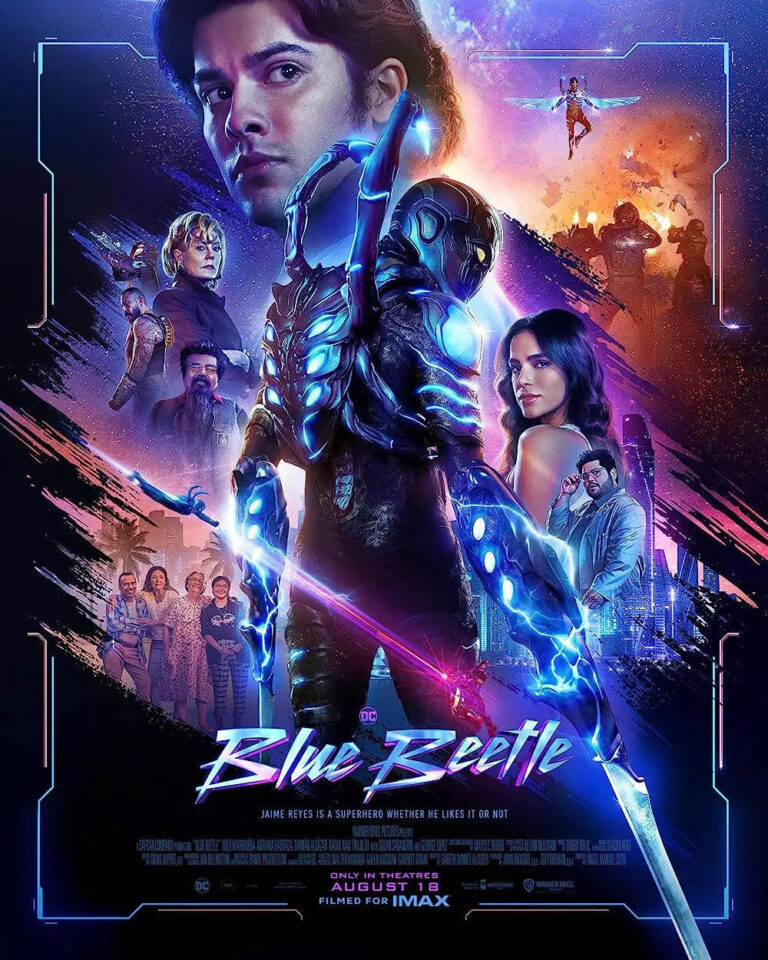I recently took the time to watch The Shining and its sequel, Doctor Sleep, on a friend’s recommendation. It was only later I realised that I had already seen the sequel during my university days.
Let’s start with The Shining. Frankly, I didn’t find it particularly scary. Perhaps it’s a subjective response, but I often find that horror films from the 80s and 90s don’t evoke the same level of fear in me, and The Shining was no exception. The atmospheric tension that might have been groundbreaking back then now feels somewhat dated. Moreover, the background music, a hallmark of films from that era, felt overpowering. My appreciation for motion pictures began to develop about ten years ago, so the filmmaking style and techniques from four decades ago feel a bit distant to me.
Now, shifting to Doctor Sleep—it presented an entirely different experience. This sequel succeeded in raising my heart rate significantly. The pacing of the film is commendable, keeping the audience consistently engaged. The story is meticulously told, and the cinematography stands out. It’s the kind of visual storytelling that I appreciate as it is today’s standard, not a product from back when I wasn’t even born..
Comparing the two films becomes an exploration of the evolution of horror cinema over the years. While The Shining may not have had the same impact on me as it did on audiences when it was first released, Doctor Sleep demonstrated the genre’s ability to adapt and continue captivating viewers with its suspenseful storytelling and modern cinematography.
In retrospect, it’s intriguing how personal cinematic preferences evolve, influenced by the timing of one’s entry into the world of film appreciation. The contrast between the classic horror ambiance of The Shining and the contemporary thrills of Doctor Sleep highlights the dynamic nature of cinematic tastes and the ongoing transformation of the horror genre itself.
Furthermore, it’s a testament to the enduring power of storytelling that a sequel made decades later can elicit a response that might surpass the impact of the original, at least for a viewer whose cinematic journey starts by watching films from post-2000s.

In conclusion, these films not only deliver spine-chilling moments but also offer a captivating insight into the evolving terrain of horror cinema. They serve as a reminder that what instils fear in one generation may not evoke the same response in the next.



